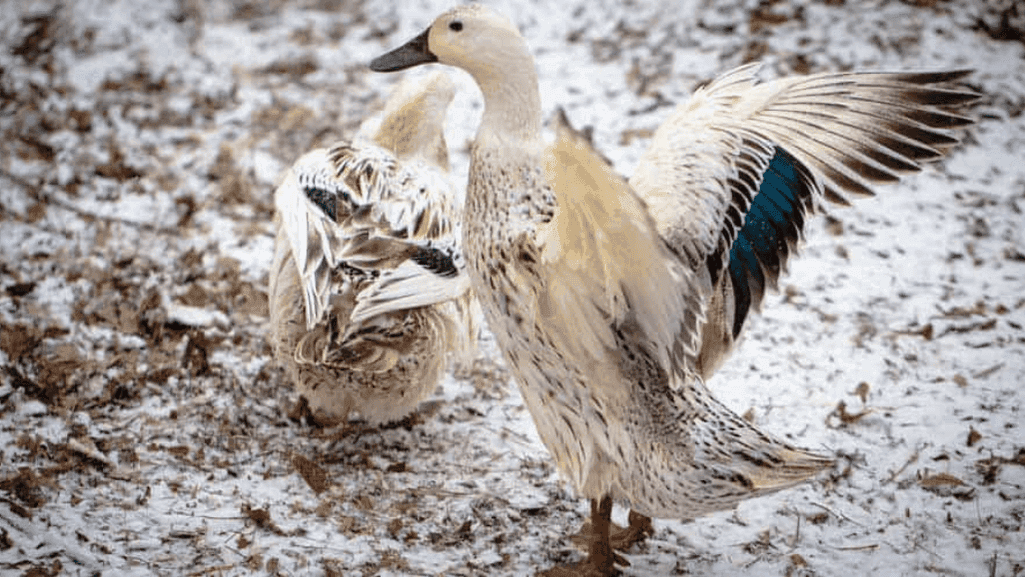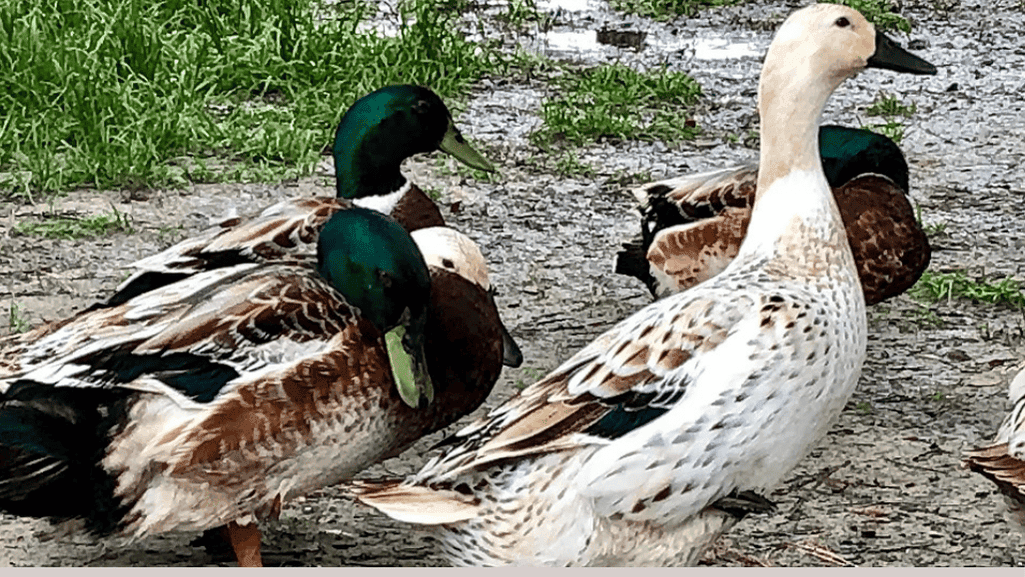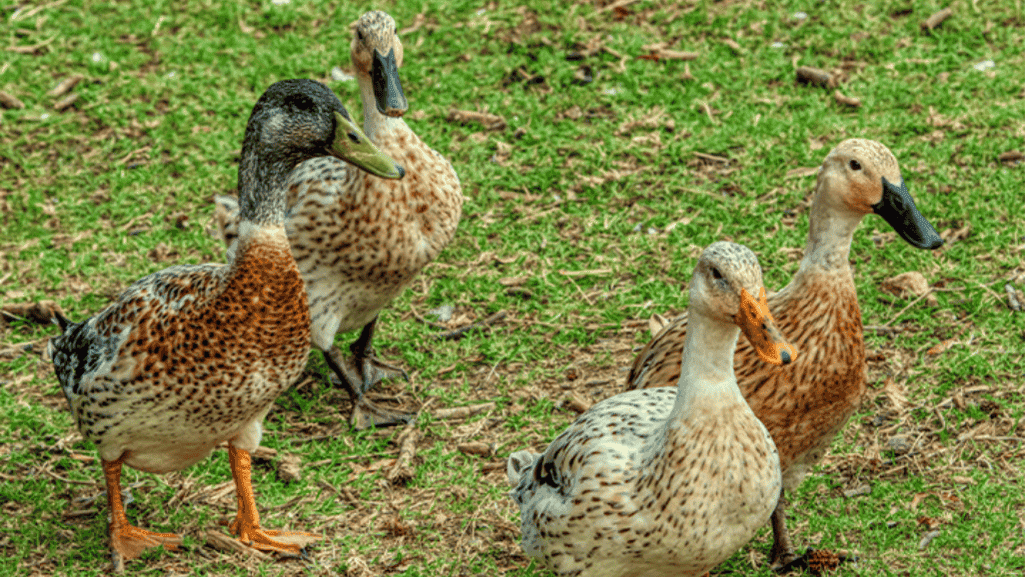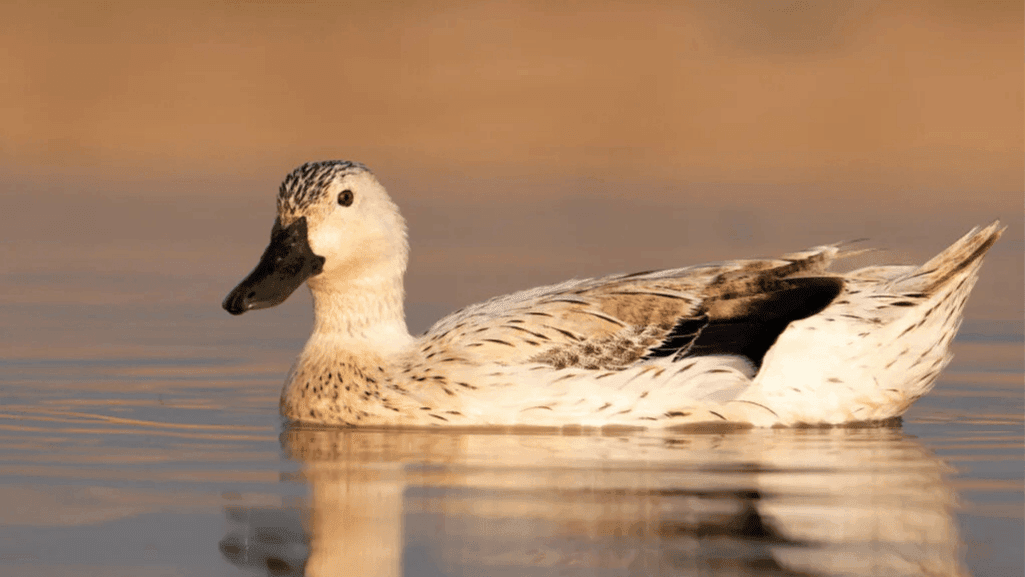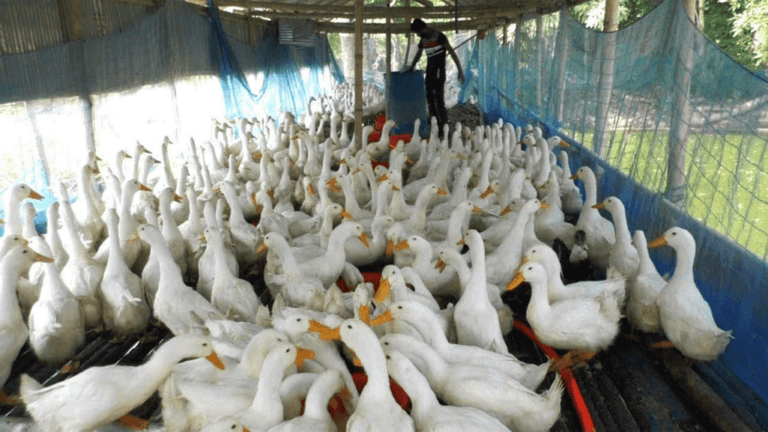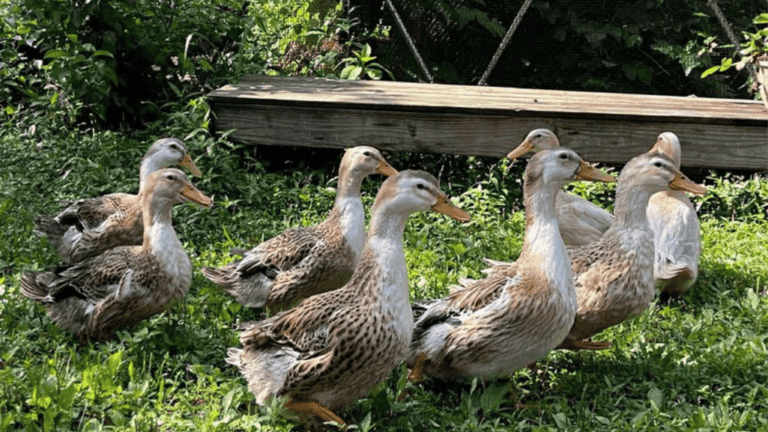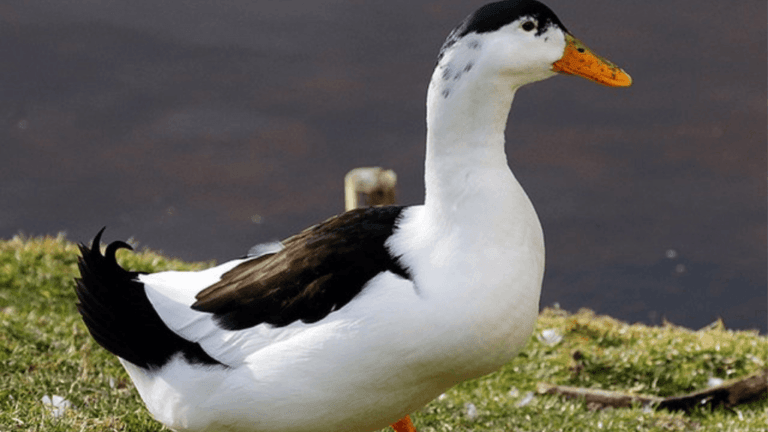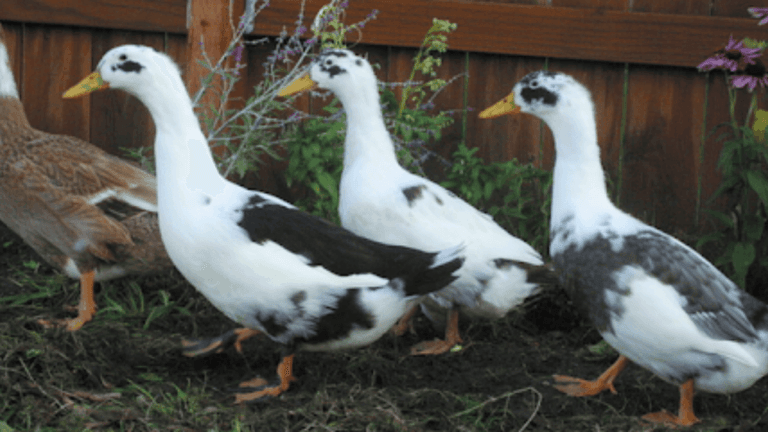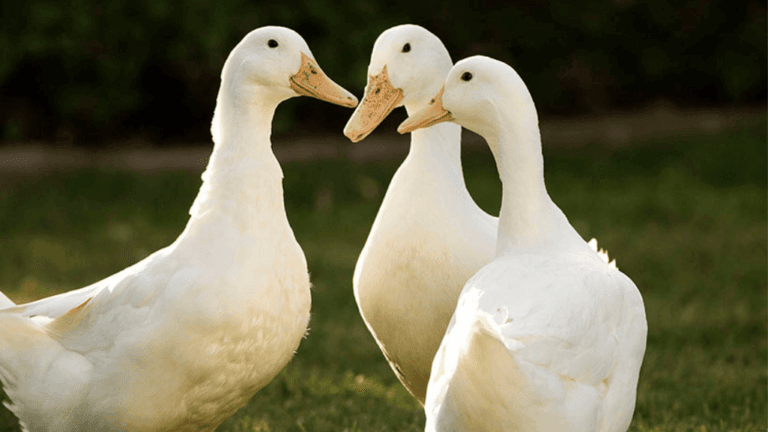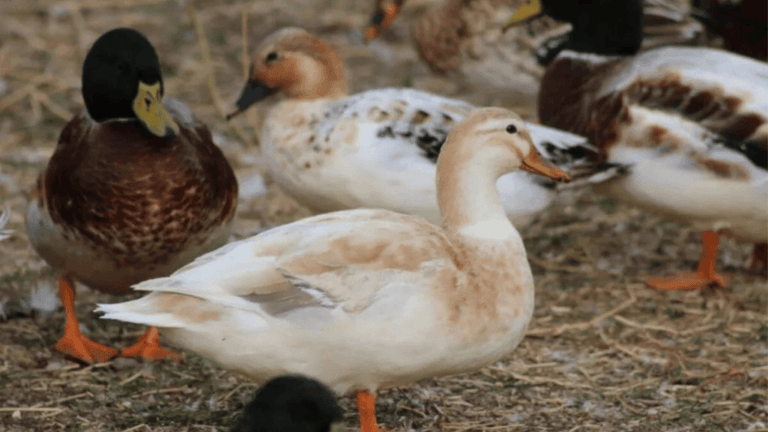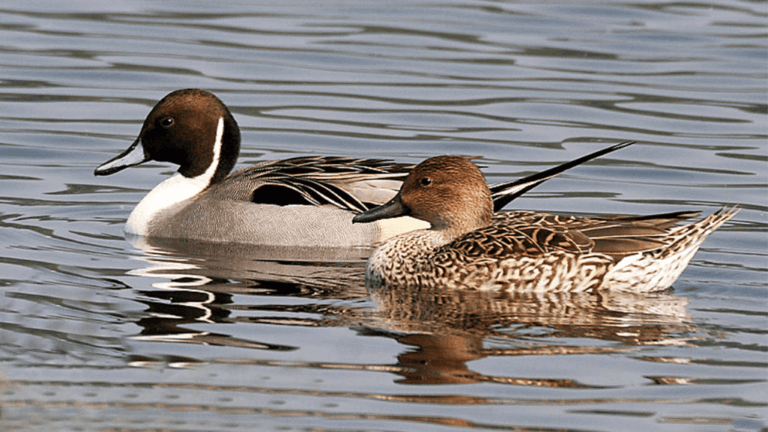Welsh Harlequin Ducks are a rare breed that has won the hearts of many. Their stunning colors and patterns make them a true treasure among ducks.
Welsh Harlequin Ducks are known for their grace, smarts, and friendly nature. As you learn more about them, you’ll discover their rich history and unique traits. They make great companions for those who love ducks.
Join us on a journey to discover the magic of Welsh Harlequin Ducks. We’ll explore what makes them so special. Whether you’re a duck lover or just curious, you’ll find their world enchanting.
Key Takeaways
- Welsh Harlequin Ducks are a rare breed known for their stunning colors and patterns.
- These waterfowl possess a captivating combination of beauty, intelligence, and friendly personalities.
- Welsh Harlequin Ducks have a rich history and unique characteristics that set them apart from other breeds.
- Keeping Welsh Harlequin Ducks as companions can bring immense joy and fascination to duck enthusiasts.
- Exploring the world of Welsh Harlequin Ducks is an enchanting journey of discovery for breeders, newcomers, and nature lovers alike.
Introduction to Welsh Harlequin Ducks
Get ready to fall in love with Welsh Harlequin Ducks. These waterfowl are known for their stunning looks and friendly nature. They’ve become a hit among duck lovers and backyard keepers.
Welsh Harlequin Ducks were first introduced in 1949. They’ve quickly become a big deal in duck breeding. They lay a lot of eggs, up to 350 a year, making them great for egg production.
These ducks are not just good at laying eggs. They also give lean meat. Their light feathers make them easy to clean, making them a great choice for duck fans.
Welsh Harlequin Ducks are known for being calm and friendly. They’re much more laid-back than some other breeds. This calm nature helps them lay more eggs, as they’re less stressed.
They’re also quiet and good at finding food on their own. This means they don’t need as much help from you. Their independent and gentle nature makes them a pleasure to have around.
Welsh Harlequin Ducks come in two beautiful colors: Gold and Silver. Their feathers have intricate patterns and shine, making them a sight to behold.
If you love ducks or are just starting out, Welsh Harlequin Ducks are perfect. They combine beauty, charm, and usefulness, making them a must-have for anyone looking to add magic to their life.
History and Origin of Welsh Harlequin Ducks
The story of Welsh Harlequin ducks starts in Wales’ beautiful countryside. In 1949, Leslie Bonnet, a dedicated breeder, created these special birds. He used sports of pre-Khaki Campbell stock on his family’s estate.
The Bonnet family worked hard to raise a thriving flock of 1,500 ducks. Their love for Welsh duck farming was clear.
At first, these ducks were called Honey Campbells. But, they faced challenges in the 1960s, and their numbers dropped. Luckily, Edward Grayson from Lancashire saved the breed, ensuring it would live on.
Development of the Breed
Leslie Bonnet aimed to make a breed that was beautiful, hardy, and laid lots of eggs. Welsh Harlequin ducks are Khaki Campbells with special genes. This made two beautiful varieties: the Gold Phase and the Silver Phase.
The Bonnet family’s impact went beyond the ducks. Leslie and Joan’s 16 grandchildren lived on the estate, connecting deeply with the land and the ducks. Sadly, Leslie passed away just 11 months after Joan. But, their granddaughter Jacqui Povey recently hatched two ducklings, showing the breed’s lasting spirit.
Recognition by Poultry Associations
As Welsh Harlequin ducks became more famous, poultry groups took notice. They loved their striking looks, egg-laying skills, and adaptability. This earned them recognition from top organizations.
On September 18th, 1984, Leslie Bonnet was happy to see the breed thriving. Today, Welsh Harlequin ducks are loved by duck fans everywhere. They weigh about 2.5 kg for drakes and 2.26-2.49 kg for ducks.
Physical Characteristics of Welsh Harlequin Ducks
Welsh Harlequin ducks are known for their unique look. They have a Harlequin duck pattern that makes them stand out. Let’s explore what makes them so special.
Unique Plumage and Coloration
Welsh Harlequin ducks have beautiful plumage. They come in gold and silver colors. The silver variety was recognized by the American Poultry Association in 2001.
Males have a green head and a white neck ring. Their body has more white feathers than a Mallard. Females have a patchwork of shades, including brown, gray, and black, with a white frosting. Hens go through four plumage patterns, starting at two months old.
Size and Weight
Welsh Harlequin ducks are medium-sized. They are slightly heavier than Khaki Campbells. They weigh 4½ to 5½ pounds (2 to 2.5 kg). Their body type is similar to Khaki Campbells.
Distinctive Features
Welsh Harlequins have stunning colors and unique features. You can sex ducklings at hatch by their bill color. Males have a dark bill, and females have a light-colored bill with a dark spot.
These ducks are adaptable to different climates. They adjust well to both warm and cold environments. Ducks New World celebrates their versatility and resilience.
Personality and Temperament
Welsh Harlequin ducks are known for their charming personalities. They are calm, friendly, and curious. This makes them a joy to have around.
These ducks love to be active and social. They enjoy playing and even bath time. They quickly become beloved pets, winning hearts everywhere.
Welsh Harlequins are easy to adapt to different settings. They don’t fly much, which makes them easy to manage. Their friendly nature makes them great pets.
Many people love Welsh Harlequin ducks for their wonderful temperament. They are good-natured and full of personality. You can read more about them in this breed profile.
Welsh Harlequin Ducks as Pets
Welsh Harlequin ducks are a great choice for adding charm to your backyard. They have unique feathers and are very friendly. They make wonderful pets for your outdoor space.
Suitability for Backyard Flocks
Welsh Harlequin ducks fit well in backyard flocks. They are not too big, weighing 4.5 to 5.5 pounds. They can live in big yards or small gardens.
They are calm and love to be around others. Watching them play is a joy. They make your backyard a happier place.
To keep your Welsh Harlequin ducks happy, give them clean water and a safe place to sleep. They will become a beloved part of your family.
Interaction with Other Pets
Welsh Harlequin ducks get along well with other pets. They can live with ducks, chickens, and even geese. This makes for a happy and diverse backyard.
But, you should watch them when they meet dogs or cats. They might get scared if dogs or cats move too fast. Make sure they have a safe place to go. This way, all your pets can live together peacefully.
Breeding and Reproduction
Welsh Harlequin ducks are loved for their charming nature and great egg-laying skills. Breeding them is exciting, but you need to know about their mating, egg laying, and raising ducklings.
Mating Habits and Behaviors
Welsh Harlequin ducks want to have babies a lot, needing just one drake for many hens. They don’t fight like roosters, showing they work together. They start laying eggs at 6 months and do so from spring to late summer. Their breeding range covers Alaska, British Columbia, and parts of the U.S. and Canada.
Egg Production and Incubation
Welsh Harlequin hens lay a lot of eggs, up to 330 a year. To keep them laying in cold months, use a solar coop light. It takes 28 days to hatch their eggs, needing careful watching.
Raising Welsh Harlequin Ducklings
Raising Welsh Harlequin ducklings is rewarding but needs commitment and care. Important things to remember include:
- Give them 5-6 square feet inside and 12-15 square feet outside.
- Make sure they have clean water and the right food for growth.
- Watch their health and fix any problems fast.
- Sex them by bill color, which is about 75 percent accurate.
Knowing how to breed, lay eggs, and care for Welsh Harlequin ducks lets you enjoy their company. They are friendly and fit well in many places, making great additions to any duck family.
Housing and Care Requirements
Welsh Harlequin ducks need a clean, spacious place to live. They should have at least 5-6 square feet in a duck house and 12-15 square feet in a run. This space lets them move freely and stay healthy.
They also need water for swimming and preening. A shallow pool or pond keeps them entertained and helps their feathers stay shiny. Since they are social, they should be kept in pairs or small groups. This keeps them happy and safe.
If you plan to keep them indoors, make sure they get outside time. Experts say they need at least six hours of sunlight a day.
Feeding and Nutrition
Feeding your Welsh Harlequins right is key. They should eat commercial duck feed, fresh greens, and veggies. This mix gives them all the nutrients they need to grow well. Indoor ducks also need grit for digestion.
Setting up a duck-friendly food and water station helps keep things clean. This makes caring for them easier.
Health Concerns and Preventive Measures
Keeping your Welsh Harlequins healthy is very important. Regular vet visits and preventive care, like vaccinations, help catch and treat health issues early. Ducks make a lot of waste, so indoor care needs careful planning.
Experts suggest changing diapers every four hours, except at night. This keeps their living space clean. With the right care, your Welsh Harlequins will be happy and healthy.
Conclusion
Welsh Harlequin Ducks have made a big impact on waterfowl lovers. They are a rare duck breed known for their beautiful looks, great egg-laying, and friendly nature. Their unique feathers and friendly ways have won many fans among duck lovers and backyard keepers.
Raising Welsh Harlequin Ducks is a fulfilling task. It’s fun to see them lay eggs and interact with other birds. With the right home, food, and care, these ducks stay healthy and happy. As more people enjoy having Welsh Harlequin Ducks, their popularity keeps growing.
In short, Welsh Harlequin Ducks show the beauty and variety of birds. Their special traits, ability to adapt, and charm make them a valuable part of any flock or collection. By loving and protecting this rare duck breed, we make sure others can enjoy them too. Let’s celebrate Welsh Harlequin Ducks and the happiness they bring to our lives.



